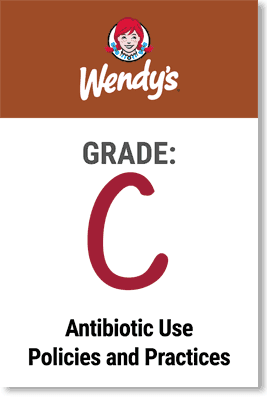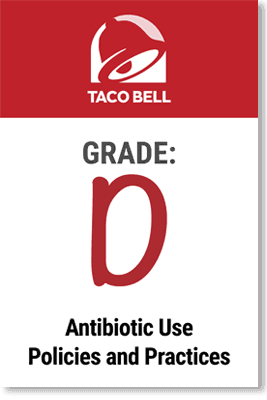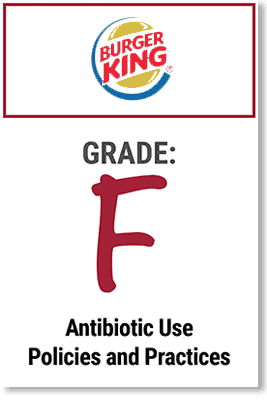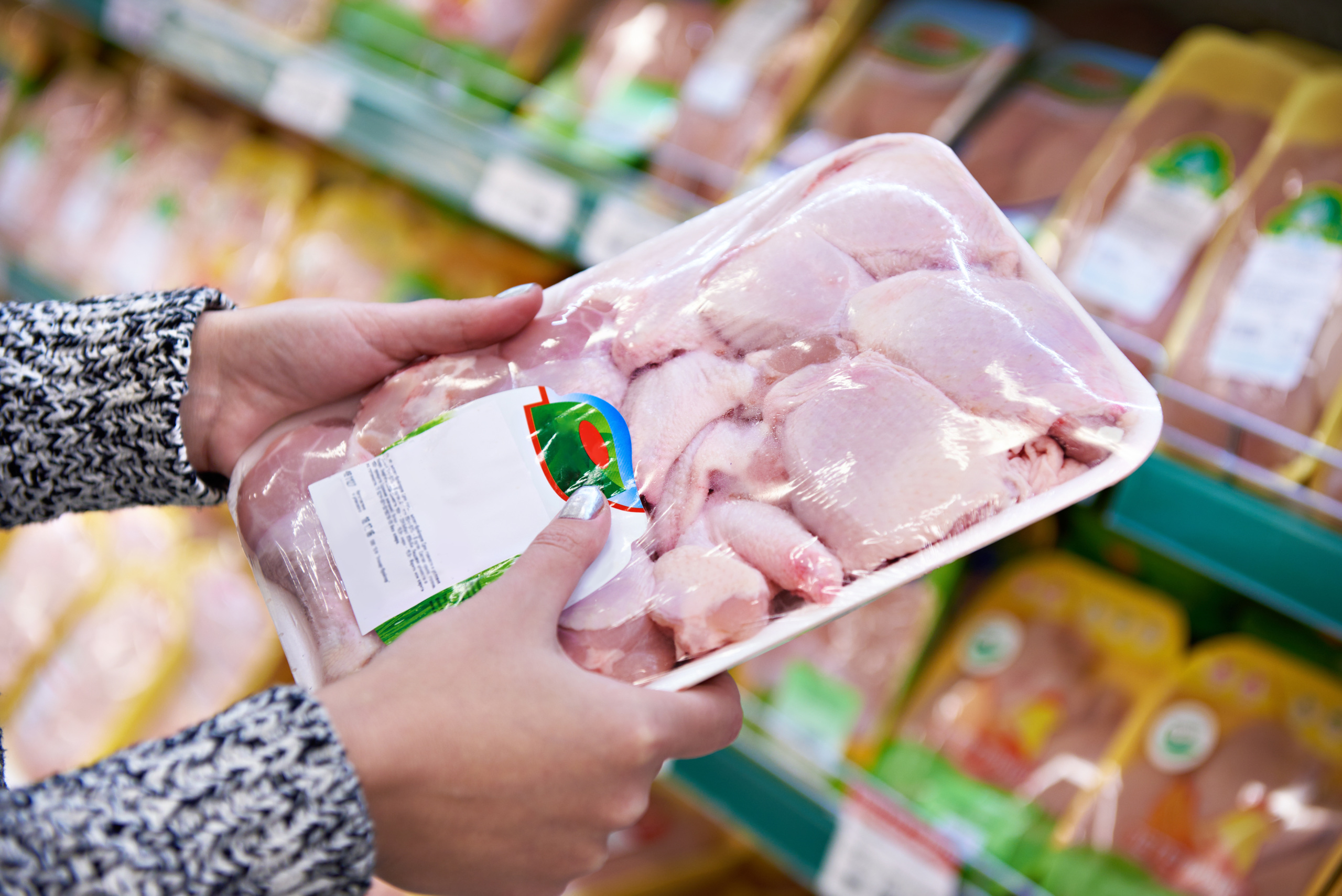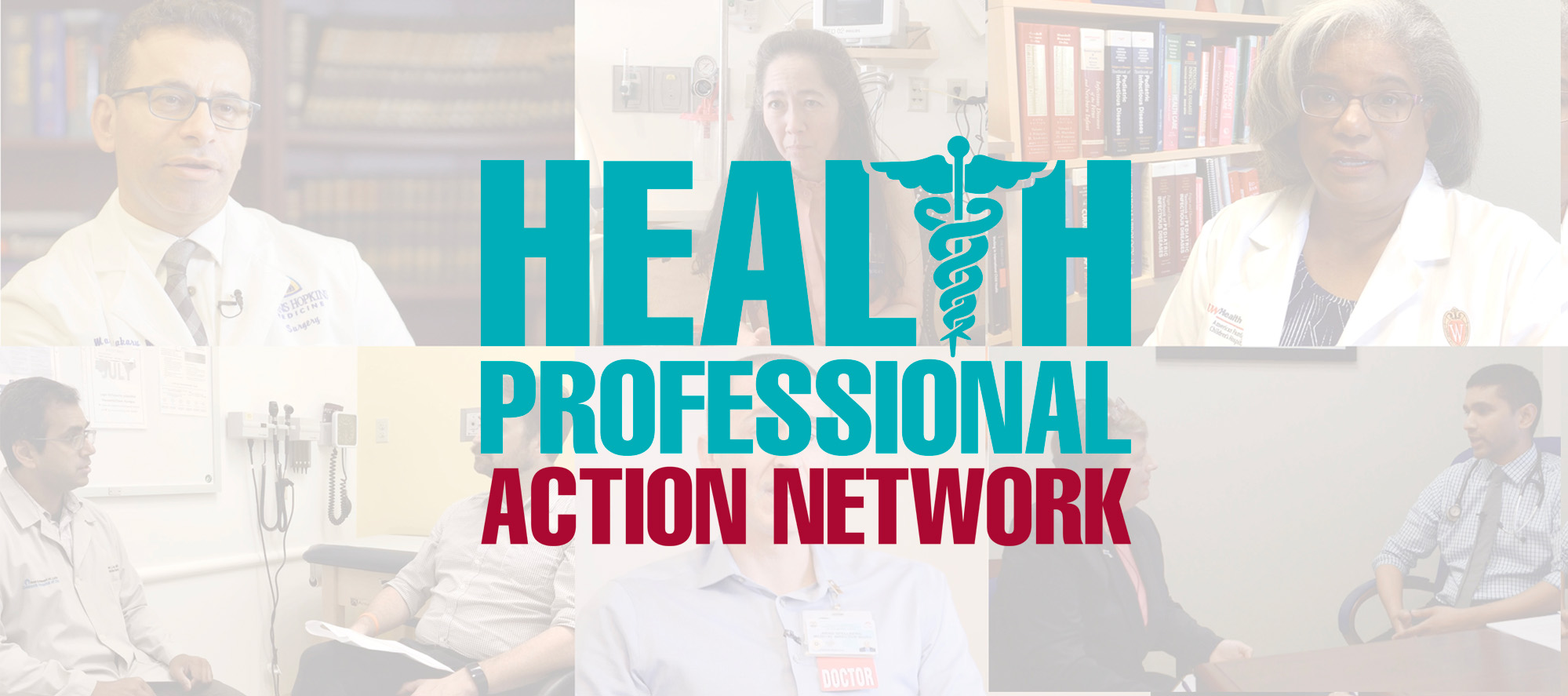[4] U.S. Food and Drug Administration (hereinafter FDA), Center for Veterinary Medicine, 2016 Summary Report on Antimicrobials Sold or Distributed for Use in Food-Producing Animals, December 2017, https://www.fda.gov/AnimalVeterinary/NewsEvents/CVMUpdates/ucm588086.htm. Data on 2015 sales of antibiotics for human medicine in the United States were obtained from Eili Klein of the Center for Disease Dynamics, Economics & Policy (CCDEP). Klein also provided data for years prior to 2015 in Kar, A., and Klein, E. “Animal Antibiotic Sales Finally Drop, but Much Work Remains,” Natural Resources Defense Council (hereinafter NRDC), December 2017, https://www.nrdc.org/experts/avinash-kar/animal-antibiotic-sales-finally-drop-much-work-remains. CDDEP also provided those figures for years preceding 2015; 2016 data are not yet available.
[6] “Medically-important antibiotics” or “antibiotics important to human medicine” refers to antibiotics that are the same as, or similar to, classes of drugs used in human medicine. For example, the antibiotic tylosin, used in livestock, is a member of the medically-important macrolide class of antibiotics. Throughout this report, we will use the term “antibiotics” and “medically-important” antibiotics interchangeably, unless otherwise noted.
[7] Timothy F. Landers et al. “A Review of Antibiotic Use in Food Animals: Perspective, Policy, and Potential,” U.S. National Library of Medicine National Institutes of Health ,127(1): 4–22, Jan-Feb 2012, https://www.ncbi.nlm.nih.gov/pmc/articles/PMC3234384/; “prevent disease caused by factory farm production practices” refers to routine antibiotic use ostensibly to prevent disease in healthy animals, rather than safer, non-antibiotic animal management alternatives.
[8] Antibiotics Off the Menu, Scorecards, accessed at
https://www.antibioticsoffthemenu.org/score-cards/, 30 September 2018; Here and throughout, “meat raised without the routine use of antibiotics” refers both to meat raised entirely without antibiotics and meat raised without routine uses of antibiotics on animals that are not sick. Report authors support the use of antibiotics to treat sick animals.


